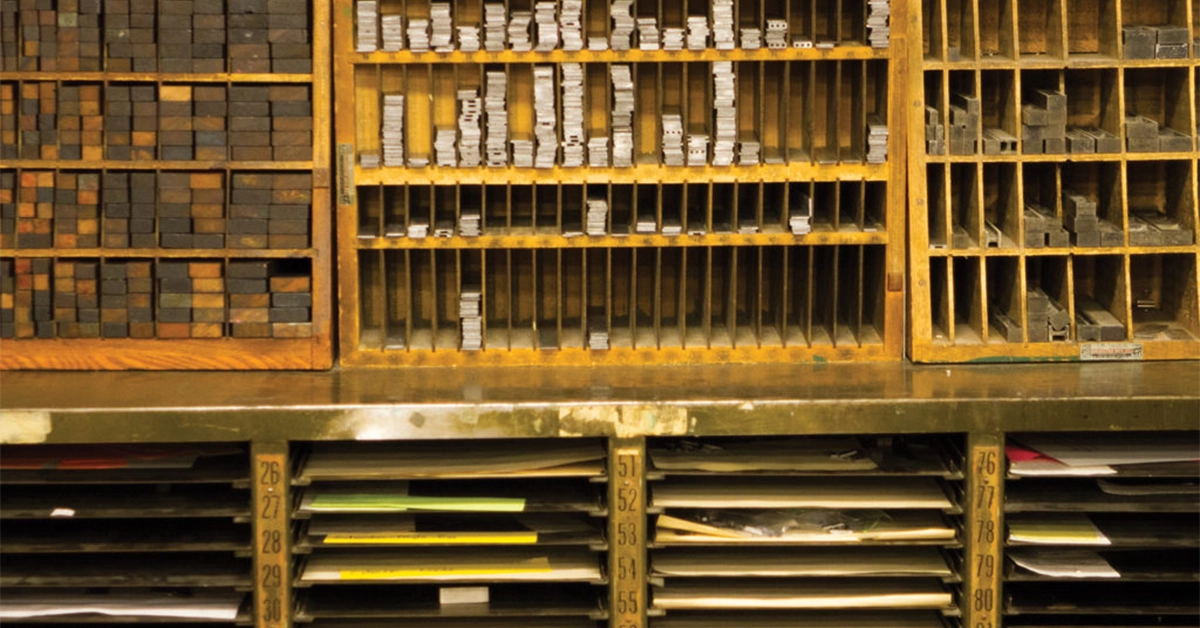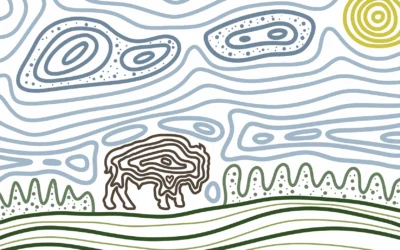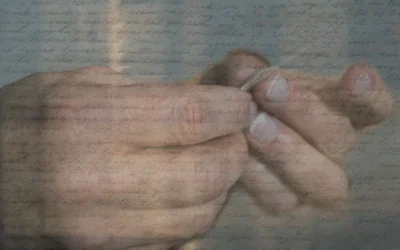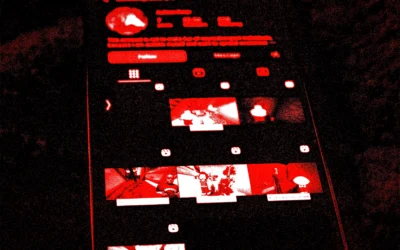It was a brisk afternoon when I embarked on my trip to the SNAP (Society of Northern Alberta Print-artists) Gallery. The sun was shining, the wind was blowing, and everything seemed wonderful. Even the transit schedules seemed to line up perfectly. It was not something to which I was accustomed.
I walked up to a building with a SNAP sign pointing toward it. The awnings were being washed, and a drop of water fell onto my bushy hair. I wasn’t expecting that, just like I wasn’t expecting what was about to happen.
Looking through the doorway, I saw a busy studio filled with cheerful artisans and rustic-looking equipment I had never before personally seen.
A woman with straight, brown hair inquired as to who I was and what I was doing. After a few seconds of discussion, it turned out that I had walked into SNAP’s print shop, not their gallery.
Thankfully, the woman, Amanda, was kind enough to guide me to the gallery, which was right around the corner.
On the way, Amanda explained that SNAP has two buildings. The print shop is available to renters who want to make prints, and the gallery is for art exhibitions. She says SNAP holds between six and eight exhibitions per year.
When we got into the gallery, Amanda introduced me to Alex Bowes, the communications coordinator for SNAP. She and I went into a further-back part of the gallery, and she got out some folding chairs for us. We sat down, and the learning began.
[pullquote]SNAP was founded in 1982 by local artists who needed space for printmaking.[/pullquote] It moved twice before ending up at its current location along 101 Avenue and 121 Street.
While Bowes says that the upkeep of SNAP hasn’t been difficult, she did mention that the group is always striving to maintain memberships and to get the public involved with the society.
How can the public get in with SNAP? Through the group’s various workshops and classes. Some of the classes require registration, Bowes says, but many other activities are done on a drop-in basis.
For instance, SNAP was involved with Nuit Blanche. There, people could try out printmaking, and Bowes says this resulted in many people getting involved with SNAP. The society also hosts card-making classes for Valentine’s Day and an event called “Drink and Draw,” during which people can have a drink, play games, and look around the shop. Bowes says events like these are good for public engagement.
This was the case for Cait Kuzak, a letterpress printer who got involved with SNAP after taking a class.
“I think I was literally at one of the art stores in town, trying to do something, and they said, ‘If you go to this place, they’ll let you have classes in it, and I went, ‘Oh, okay’,” she explains. “I started with some silkscreen and relief, and I eventually ended up on the letterpress.”
Kuzak explains that a letterpress machine requires her to handset letters and to “hand-cut and collect” old images. Kuzak uses the letterpress to make posters and greeting cards. She says that SNAP is also a great meeting place where other people can provide feedback on her work.
“A community space means that there’s always people around for feedback and support,” she says, “which is great when you’re starting out or just working on stuff.”
Caitlin Boderwitz, a silkscreen printmaker, feels similarly.
“It’s been amazing,” Boderwitz says. “It would be very difficult to be a full-time artist if I did not have a space like this.”
Boderwitz was raised in an isolated mountain community, which is where and why she started creating art. After pursuing the subject at the University of Calgary, she “fell in love” with silk-screening. In order to do this, Boderwitz must make a hand-drawn stencil and pass multiple layers of ink over the stencil and the screen and onto a surface. She says it can take anywhere from a few hours to a few months.
Upon arriving in Edmonton, Boderwitz needed a working space. That’s how she found SNAP.
“Honestly, I had just moved to the city and was looking for a studio space, and I was really grateful to find there was a printmakers community, because it’s so studio-intensive,” she says. “It’s pretty hard to do anything on your own.”
Though the letterpress and silkscreen might not seem to have much dire relevance to most people, those who engage in these arts feel differently.
“As we’re getting more digital and advanced and all those things, people are craving more hand-made things,” Kuzak explains, “and [with the] letterpress, you can feel the texture. You can see that it’s handmade, ‘cause it’s not perfect.”
“I use [silk-screening] simply as a mode of communication, so… I feel like I’m bringing, you know, questions and thoughts and those kinds of things to society,” says Boderwitz. “I think it can just be seen as a mode of communication for artists that can bring a lot into play.”
After spending some time speaking with the artists and the staff, I left the print shop and walked over to a bus stop. A bus came promptly after, without me either waiting a long time or having to run desperately to catch it. Again, things were lining up suspiciously well. It was odd. On that particular day, I guess I was just meant to experience beautiful things that I didn’t fully understand.
Photos by Casey Pollon.





0 Comments